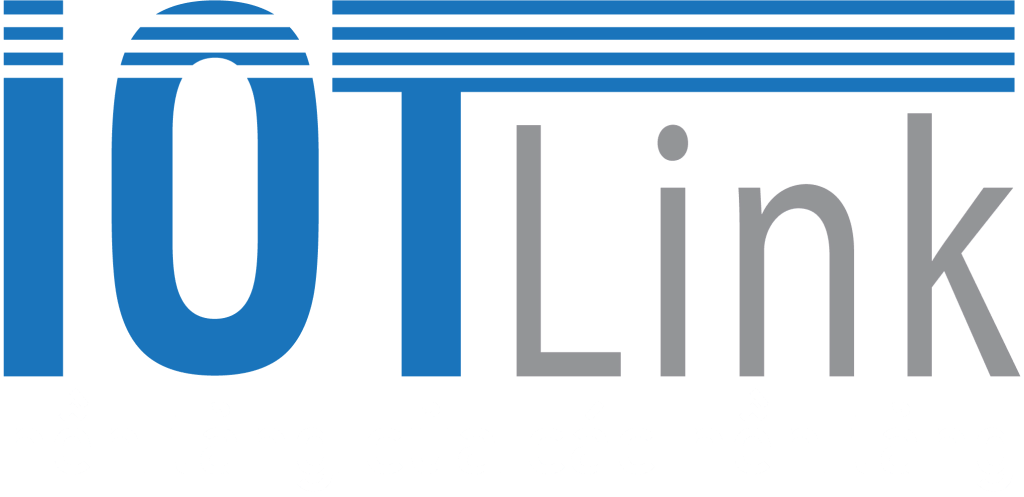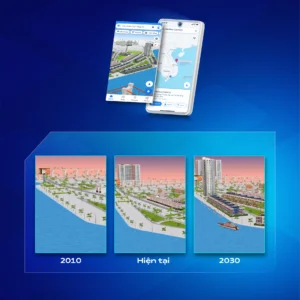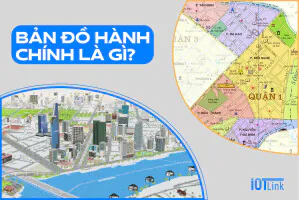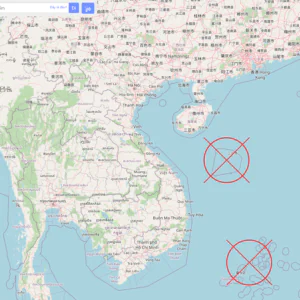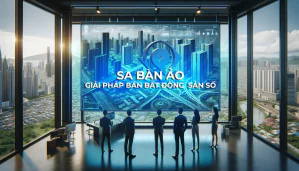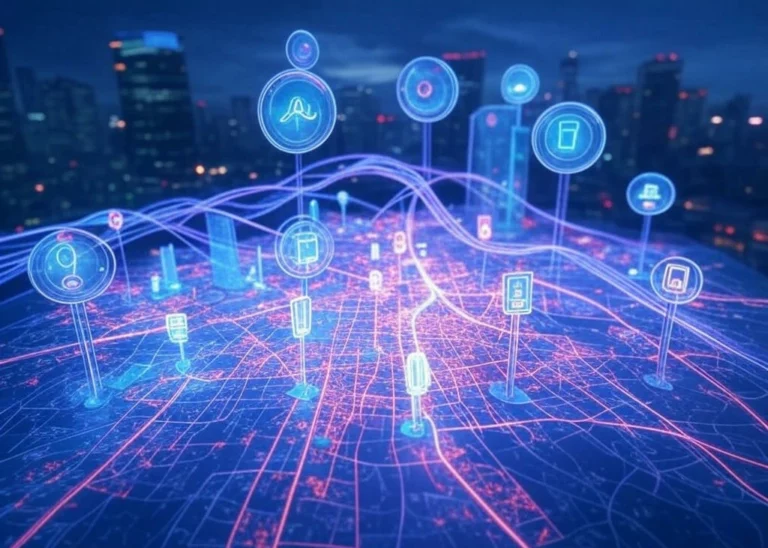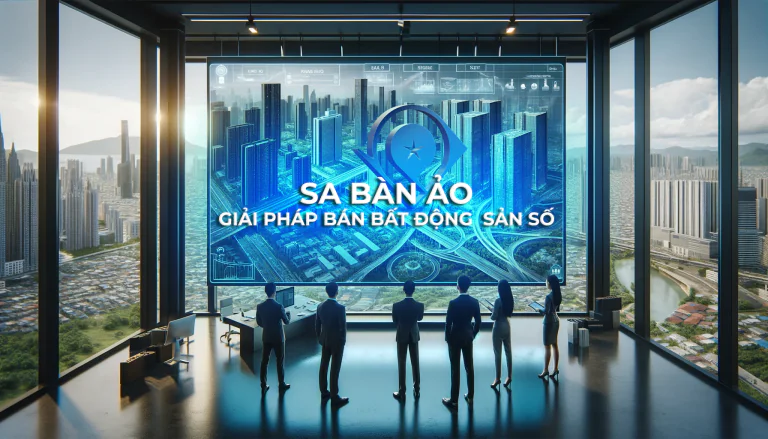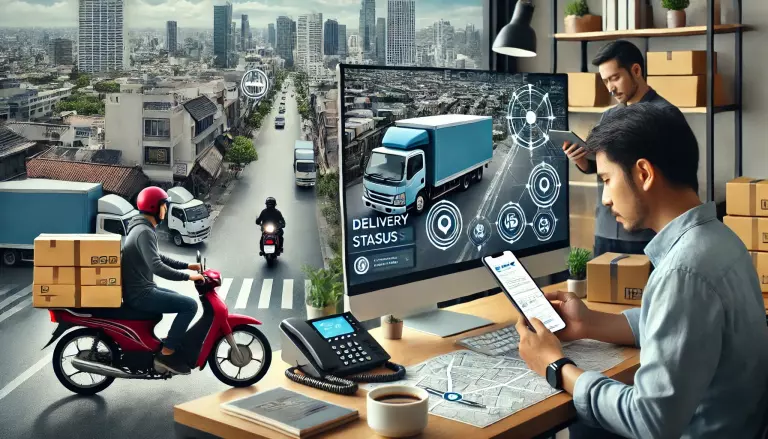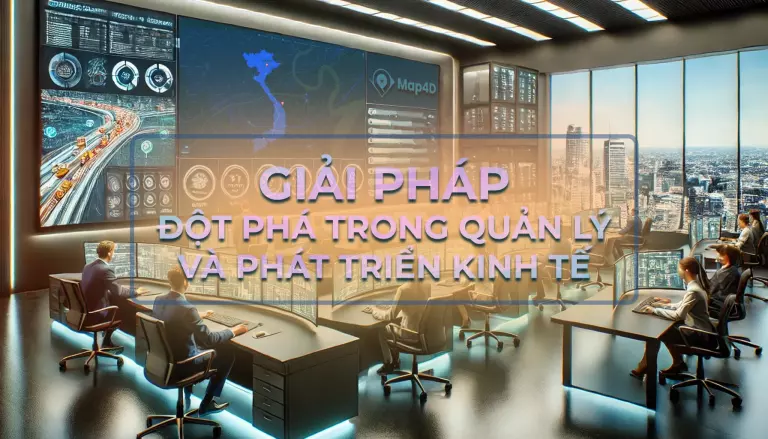Smart cities are the inevitable trend of the future, especially in the context of rapid development of science and technology. So what is a smart city? Why build a smart city? The impacts of smart cities on residents' lives and socio-economic development? This article will provide relevant issues on sustainable urban development. From there, support all levels and sectors to soon realize smart cities in Vietnam.
Table of contents
ToggleSmart cities and things to know for sustainable development
What is smart city?
Smart city is understood as a city using information and communication technology. Implement and promote development activities. To create sustainable infrastructure to promote socio-economic growth. Improve the quality of life for people.
Why build a smart city?
54% of the world's population lives in cities and this number is expected to grow to 66% by 2050. 2.5 billion people will be added to the urban population over the next three decades. With this expected population growth, there is a need to manage the environmental, social and economic sustainability of resources.
Smart cities enable efficient management of assets and resources in urban environments. Exploiting potentials optimally towards sustainable development.
Smart city services and applications will create new products, services and utilities. Contributing to improving the quality of life for people.
Smart city innovation also delivers new value from existing infrastructure while generating new revenue streams and operational efficiencies to help save governments and citizens money.
Features of smart cities
The main goal of a smart city is to optimize city functions and promote economic growth while improving the quality of life for residents using smart technologies and data analytics. .
The smartness of a city is defined using a range of characteristics, including:
- Technology-based infrastructure
- Environmental initiative
- Efficient and highly functional public transport
- Confident and progressive city plan
- People can live and work in the city, using the city's resources
Besides using information and communication technology. Smart cities operate on the principle of analyzing databases to choose the right solutions and find ways to improve.
Smart city technology
Smart cities use a variety of software, user interfaces, and communication networks along with the Internet of Things (IoT) to provide connected solutions to the public. Among them, IoT is the most important. IoT is a network of connected devices to communicate and exchange data. This can include anything from vehicles to home appliances and sensors on the street.
Besides IoT solutions, smart cities also use technologies including:
- Application Programming Interface (API)
- Artificial Intelligence (AI)
- Cloud Computing Service
- Dashboard
- Machine learning
- Machine-to-machine communication
- Net
Features of smart cities
Combining automation, machines, and IoT is enabling the adoption of smart city technologies for a variety of applications. For example, smart parking can help drivers find a parking space. It is also possible to allow digital payments.
- Smart city initiatives are used to combat climate change and environmental pollution.
- Provide safety measures: monitor crime-prone areas; use sensors for early warning of incidents such as floods, landslides, hurricanes or droughts.
- Smart buildings provide real-time space management. Or monitor structural health and response to determine when repairs are needed.
- Residents access this system to notify officials of problems such as potholes, leaks in water pipes, damaged electrical wires, etc.
Smart cities can connect all service modes to provide integrated solutions for residents.
How smart cities work
Smart cities follow four steps to improve quality of life and enable economic growth through networks of connected IoT devices and other technologies. These steps are as follows:
- Collect: Smart sensors collect real-time data
- Analytics: Data is analyzed to better understand the performance of city services and activities
- Communication: Data analysis results are communicated to decision makers
- Action: Action taken to improve operations, manage assets, and enhance the quality of city life for residents
The ICT framework gathers real-time data from connected assets, objects, and machines to improve decision making.
Challenges of smart cities
For all the benefits that smart cities offer, there are also challenges to overcome. Embrace the challenge and get to the root of the problem. Helping the government and investors overcome difficulties in the smart city development process.
- Urban infrastructure needs to be upgraded to match the planning and orientation of a smart city, which consumes a lot of money during the transition.
- Connected IoT and sensor technology make information security difficult. Hackers can penetrate, causing difficulties in management and operation.
- There are too many CCTV cameras around and the IoT connection system is constantly updating user data. Affecting human psychology, causing deterioration of labor quality.
- Changing people's habits from using traditional products and services to IT innovation takes time and continuous, long-term education.
- A population group is difficult to adapt to the innovation of applying technology to life. Especially in rural areas and the elderly, creating disparities between regions and people to people.
Conclusion
Technology is the core factor that leads and affects efficiency in the process of building and developing smart cities. However, people have always been the focus of development. So only when technology, government and people work together. To improve quality of life. Only then will the city be truly "smart".
IOTlink provides the first and only 4D digital mapping platform in Vietnam. Accompanying and contributing to the Government, Businesses and People. To develop smart city in the future.
Contact us now to get the best solution. Serving the construction of smart cities in the digital era.
